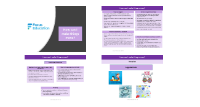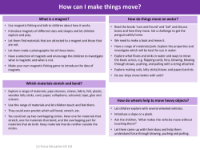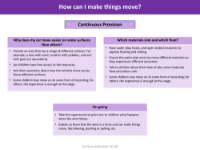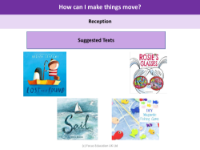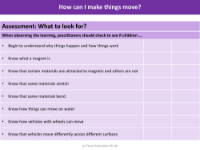Sequence of learning - How can I make things move? - EYFS
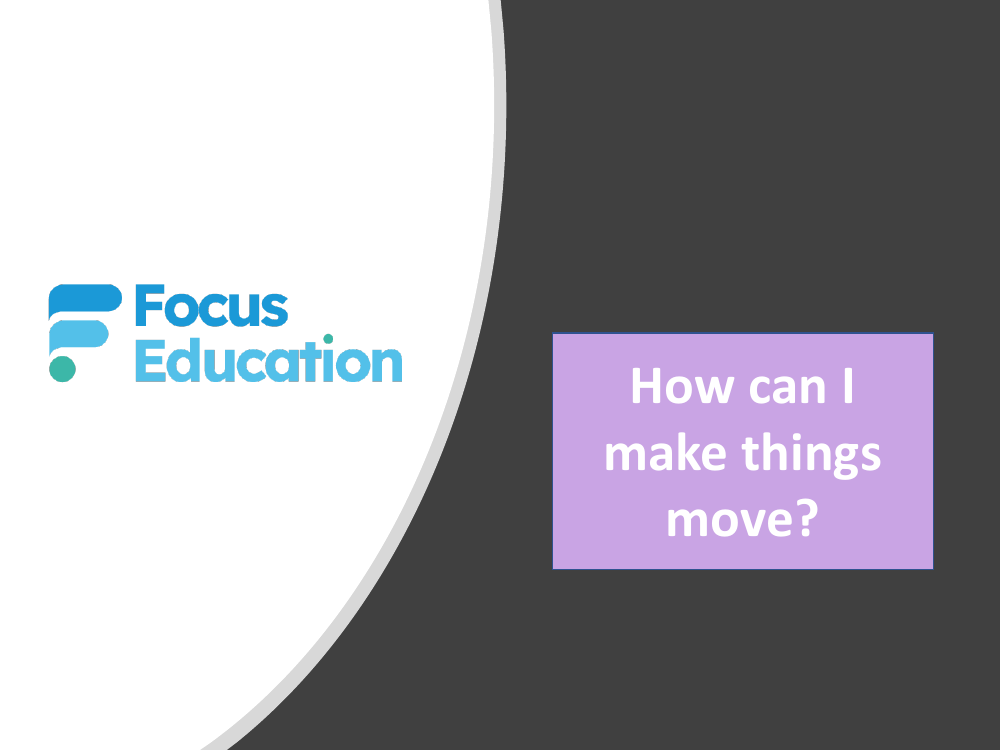
Science Resource Description
In the early years foundation stage (EYFS), children aged 3 and 4 are encouraged to explore and understand the concept of movement through a variety of activities that focus on the forces they can experience and observe. The learning sequence begins with children exploring and discussing different forces, such as buoyancy when they try to submerge a plastic boat in water, the elasticity when stretching rubber, the rigidity of a metal rod that cannot be bent, and the fascinating phenomena of magnetic attraction and repulsion. Educators draw attention to these forces and introduce new vocabulary, such as 'attract', 'windmill', 'pushing', 'pulling', 'stretching', and 'bending', to help children articulate their observations and questions about the world around them.
The proposed learning sequence includes hands-on exploration where children engage with magnets and various materials to observe magnetic properties and draw conclusions about which objects are magnetic and which are not. They also discover how to make things move without direct contact by using actions like blowing, which can set objects like windmills in motion. Through these activities, children learn to differentiate materials based on their properties, such as flexibility, elasticity, and response to wind, and they group materials accordingly. This practical and enquiry-based approach aims to foster an understanding of the natural world, including growth, decay, change over time, and the importance of caring for living things and the environment. The sequence also covers how wheels can facilitate the movement of heavy objects, enhancing their understanding of simple machines and their applications in everyday life.
